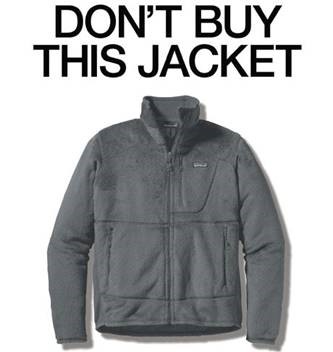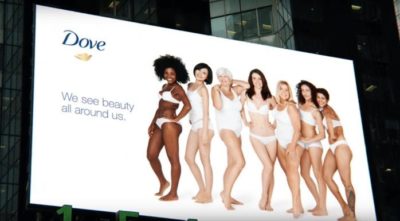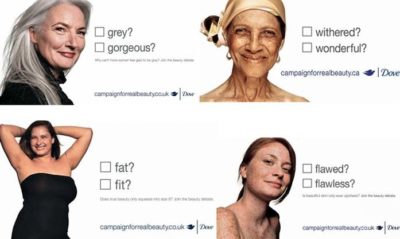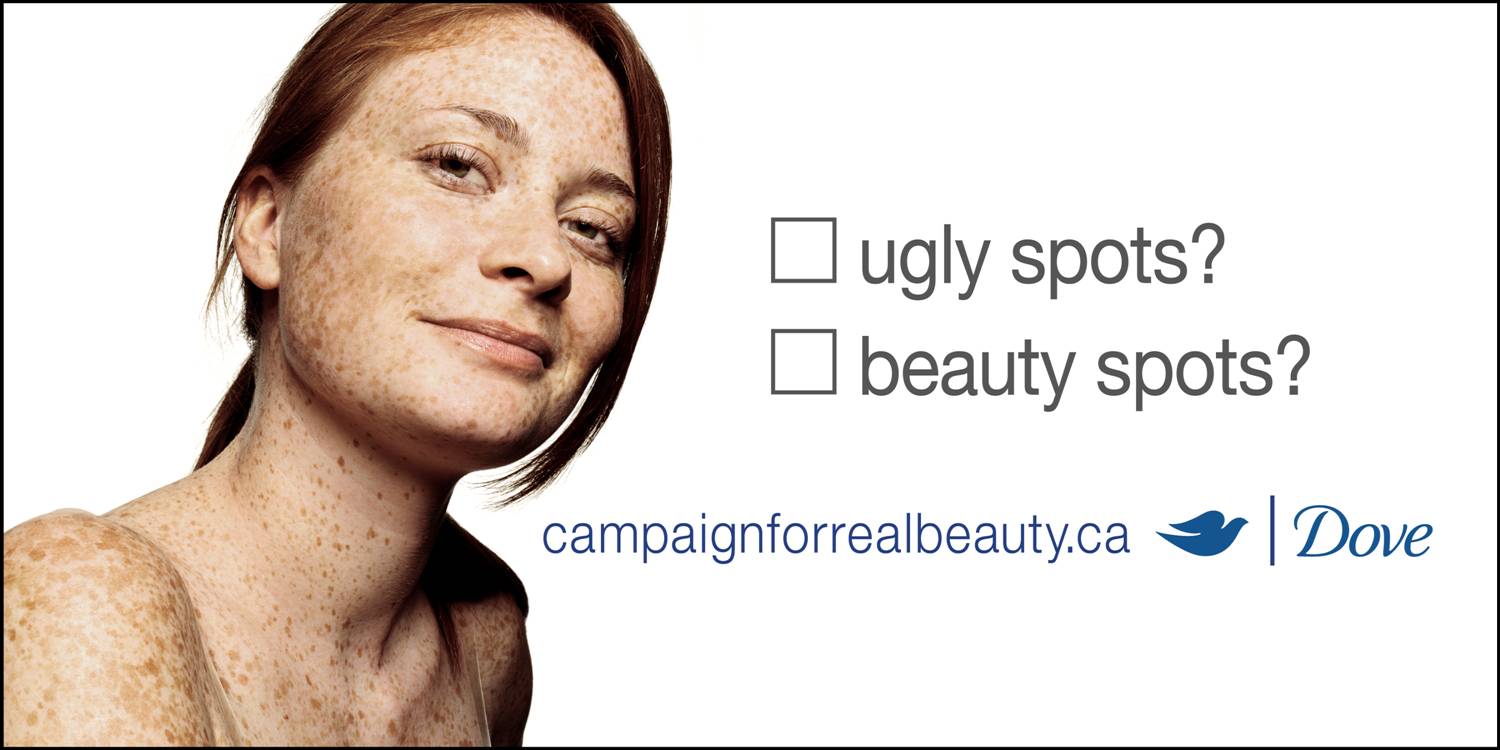Why brand authenticity marketing might help the global company but hinder the local
Selling a brand’s authenticity in advertising is not a particularly new or novel strategy to stimulating consumer engagement, but it’s a growing consideration for many brands in 2022. I’m sure we can all call to mind at least one truly captivating example of authentic branding done well. Here are few from the top of my head, can you recognise any?


One reason for why these ads are so memorable is that they represent an approach to brand building which is relatively unique and memorable compared to traditional approaches to advertising. Against decades’ worth of sameness and Westernisation so prevalent throughout much of the world’s branded advertising, authentic brands are a breath of fresh air in the marketplace, attracting consumers with something a bit different and interesting. And it seems like it’s working, given that consumers find authentic brands more appealing and are even willing to pay higher prices for them.
Yet, with more and more brands these days integrating authenticity into their communications, the question remains as to whether this style of advertising can remain effective at scale.
According to the author of a recent article, the answer depends on how you look at it.
Across three studies exploring consumer choice of different beverage brands using authentic advertising, consumer researcher Petra Riefler found that while such branding was effective in increasing choice, this was only seen among global brands:
“Increasing the perceived authenticity of the global brand induced a preference shift toward the global brand…[the] use of authentic brand cues in the local brand communication did not affect choice”

The authors explain these findings as reflective of a ‘ceiling effect’ experienced by small brands when it comes to authenticity. For instance, whereas global brands were able to leverage both aspects of globalness as well as attributes of localism in their communication, local brands were able only to leverage their local identity. Unfortunately, given that many respondents already viewed the small brand as authentic to begin with, this approach to communication was less effective than that adopted by global brands.
Where then does this leave small or local brands, particularly those already touching on authenticity in their branding? Certainly, one warning raised by the author is to remain cautious that local identity can be co-opted to great effect by non-local companies on the grounds of perceived brand authenticity.
However, the truth of the matter is that small brands do not need to worry so much about explicitly advertising their authenticity, rather, the quality of their products and services will speak to this. As shown in Riefler’s study, consumers inherently perceive local brands as authentic, reducing the impact of advertising to this effect. What local brands offer, that global brands simply cannot replicate at scale, are premium, high-quality products that inspire joy, appreciation and ultimately, positive word of mouth.

It appears that brand authenticity is a more complex topic than many recognise. Specifically, research suggests that brand authenticity – as something which brands can themselves construct through their communications or advertising – can be easily co-opted by larger, non-local companies. Fortunately, authenticity which stems from offering high quality, premium or exclusive goods – as is the case for many local brands – may be intrinsically harder for their global brand counterparts to replicate at scale.



